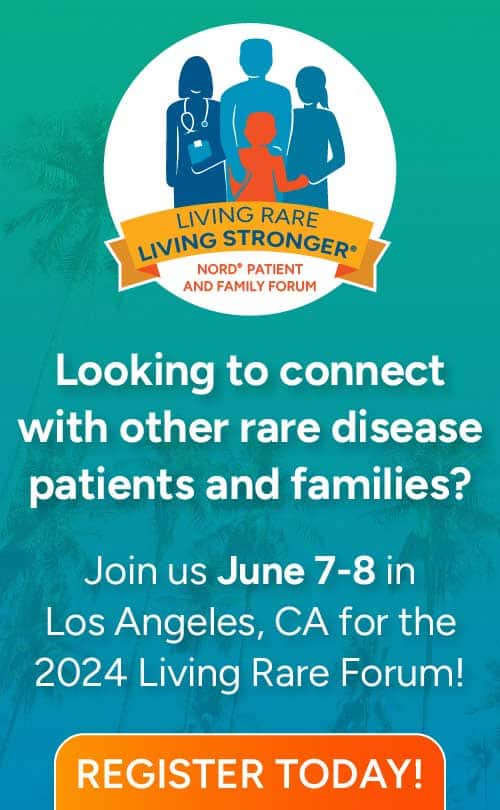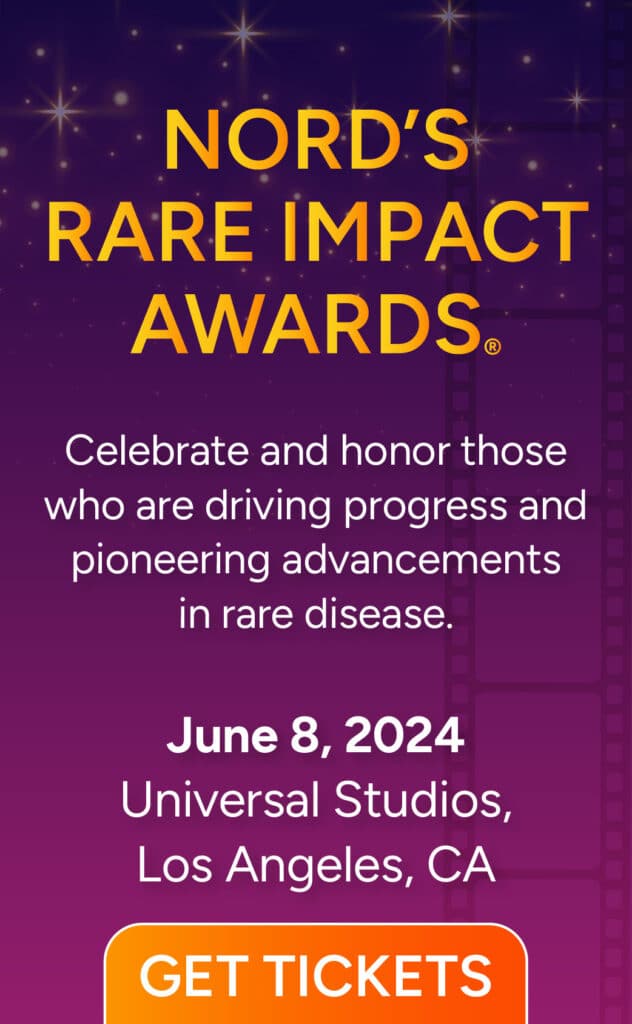On behalf of the millions of Americans who have diseases with little or no treatment, the National Organization for Rare Disorders (NORD) has submitted a seven-step plan to the 21st Century Cures Initiative outlining ways to improve the discovery, development, and delivery of medical treatments in the U.S.
NORD’s comments were a response to a white paper calling for patient input on this topic from the Initiative, which is a bipartisan effort launched recently by the House Committee on Energy & Commerce.
This topic has particular relevance to patients living with rare diseases since there are approximately 7,000 known diseases and fewer than 500 approved treatments.
The full text of NORD’s comments is available on the NORD website. Specific recommendations made by NORD are as follows:
1. Ensure Sufficient and Consistent Funding for the National Institutes of Health (NIH)
NORD believes that NIH, which provides programs and initiatives that are critical to rare disease research, is sorely underfunded and that the cyclical unpredictability of NIH funding is detrimental to medical research.
2. Create Incentives for Researchers to Enter the Rare Disease Research Field
Funding the NIH at an appropriate level will only be effective if talented and well-trained researchers are prepared to conduct innovative research. NORD urges Congress to create incentives to medical professionals-in-training to enter the rare disease space.
3. Commission a “National Plan for Rare Diseases”
The U.S. needs a consensus document that sets the nation’s agenda for rare diseases with specific requirements related to rare disease research and product development. As part of the National Plan, Congress should commission a study of the benefits of rare disease research on the economy and healthcare system.
4. Ensure That All Current Laws That Increase the Patient’s Involvement are Implemented Fully
Legislation such as the FDA Safety and Innovation Act of 2012 has made possible important advances to strengthen the patient voice in drug development and approval. It is important to assure that all such advances are fully implemented.
5. Expand Patient Partnerships Within the FDA
It is NORD’s opinion that patients can make significant contributions in helping to evaluate the benefit-risk of a drug and other aspects of the drug development and review process. NORD urges that patients be considered equal partners with the FDA and that patient input be standardized within the drug review process so that patients may contribute at regular and predictable times.
6. Ensure Sufficient and Consistent Funding for FDA
NORD believes that the FDA is drastically underfunded and notes that it is time for Congress to recognize the importance of the FDA and dramatically increase the agency’s yearly appropriation.
7. Ensure Reimbursement for “Non-Conventional” Rare Disease Therapies
There are many reimbursement issues facing patients with rare diseases, including lack of coverage of orphan therapies under the Medicare and state Medicaid programs. NORD is concerned about all such issues but in this document is focusing on “Non-Conventional” therapies such as medical foods for Inborn Errors of Metabolism and other rare diseases; medical devices; and bio-engineered treatments. NORD is concerned that the reimbursement model that Federal, State, and private health insurance plans utilize often ignores the importance of these therapies, which are critical to the survival of many rare disease patients.
In addition to submitting its own comments, NORD urged its 200+ member organizations also to submit comments in response to the 21st Century Cures request for patient input. NORD also submitted comments in response to an earlier Call to Action from the Initiative, and NORD Board member Frank Sasinowski presented invited testimony to a public hearing hosted by the Energy & Commerce Committee.
What do you think are the best ways to close the gap between the number of known diseases and the number of treatments available to patients?



